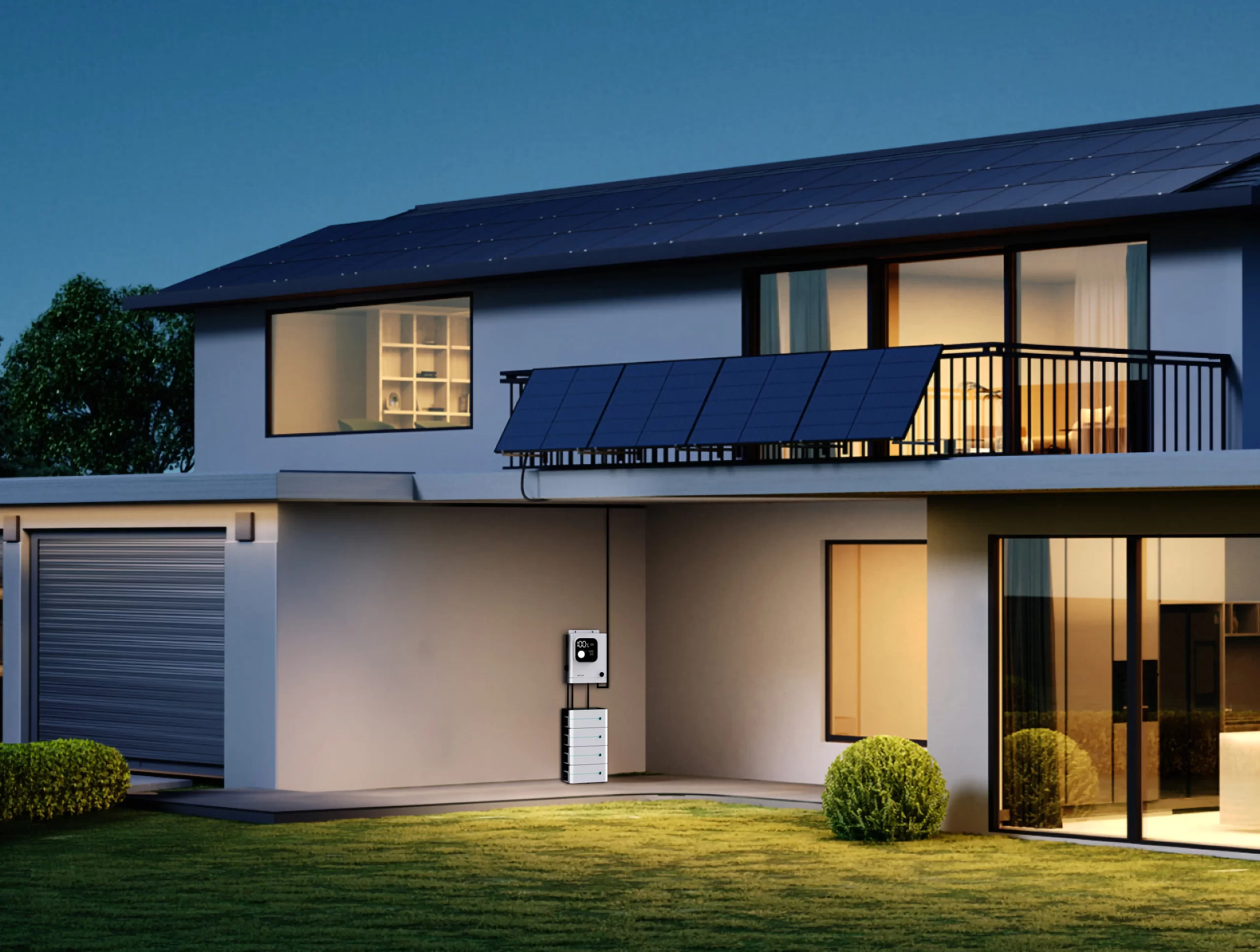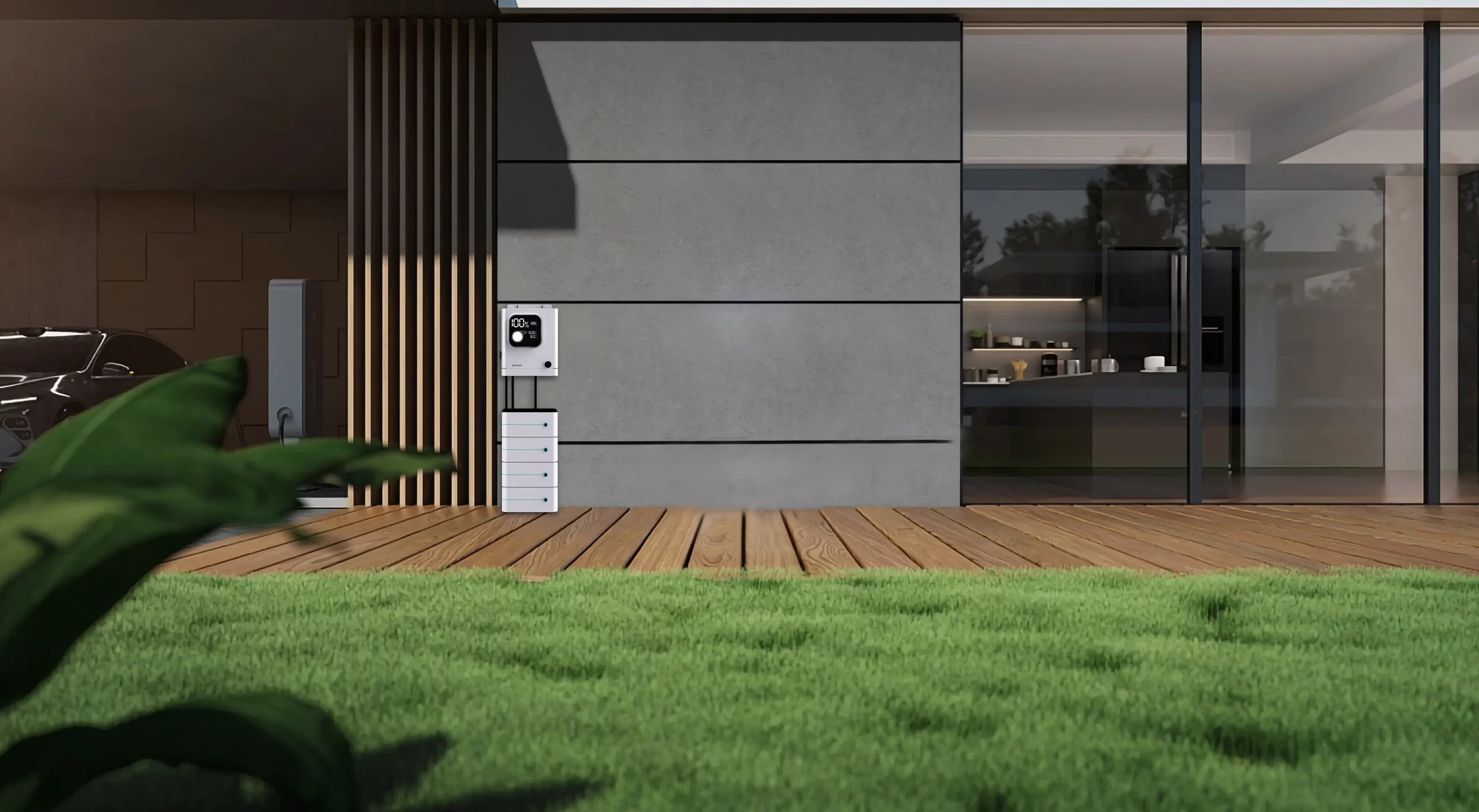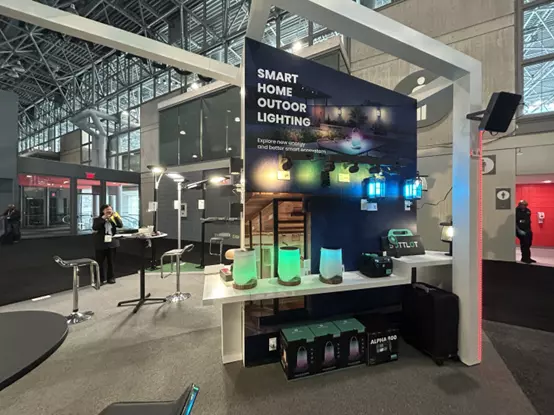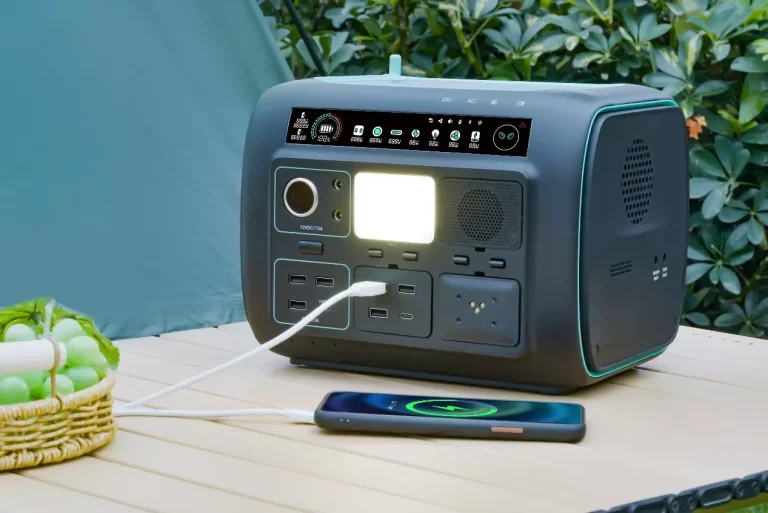As renewable energy gains popularity and the desire for energy independence grows, home energy storage systems have become an increasingly attractive option for modern households. Configuring an energy storage system tailored to your home can not only improve energy efficiency but also provide reliable power backup during emergencies. This detailed guide focuses on properly configuring the inverter – the pivotal component in any home energy storage setup.
The Inverter’s Critical Role
The inverter is the heart of a home energy storage system, converting the direct current (DC) power stored in batteries into the alternating current (AC) power required for household use. Choosing the right inverter is paramount, as it directly impacts the system’s performance, efficiency, and ability to power your home’s electrical loads effectively.
Inverter Selection Criteria
1.Power Rating: Match the inverter’s power output to your home’s electricity needs, considering peak demand periods and energy-intensive appliances. Oversizing provides headroom for future expansion.
2.Efficiency: Higher inverter efficiency translates into less energy lost during the DC-to-AC conversion process, maximizing the usable power from your storage system.
3.Wave Form Quality: Pure sine wave inverters produce a smooth AC output, ensuring compatibility with sensitive electronics like computers and home entertainment systems.
4.Battery Compatibility: Ensure the inverter seamlessly integrates with your chosen battery technology, adhering to voltage and charging specifications.
5.Safety Features: Look for inverters with built-in protections against overloads, short circuits, overheating, and other potential hazards to safeguard your system.
6.Monitoring and Control: Advanced inverters offer monitoring capabilities and remote control features, allowing you to track performance and manage the system from your smart devices.
Integrating Solar Panels
If integrating solar panels into your home energy storage system, the inverter plays a crucial role in maximizing solar energy harvesting and storage. Some inverters have built-in charge controllers that optimize the flow of power from solar panels to batteries.
System Control and Monitoring
Most modern home energy storage setups include an intelligent control system that monitors the inverter, batteries, and power flow. This system automatically manages charging, discharging, and grid interactions based on your home’s energy needs and the availability of solar power.
Professional Guidance
Configuring a home energy storage system requires careful consideration of multiple factors. Consulting professional energy experts or suppliers can help you select the optimal inverter and other components, ensuring a seamless, efficient, and reliable system tailored to your household’s unique requirements.
SOTTLOT’s Alpha3000: A Powerful Solution

The Alpha3000, a multifunctional solar off-grid inverter launched by SOTTLOT, exemplifies the advanced inverter technology available for home energy storage systems. With its built-in MPPT solar controller, high-frequency pure sine wave inverter, and UPS functionality, the Alpha3000 offers high power density, compact size, and simple operation. Its intelligent battery management design ensures maximum energy harvesting, while its efficient, low-no-load-loss performance optimizes energy utilization.
Start your journey towards energy independence and sustainability by carefully configuring your home energy storage system, with a keen focus on selecting the right inverter. Embrace the future of green, smart energy solutions and enjoy reliable power backup while reducing your carbon footprint.




